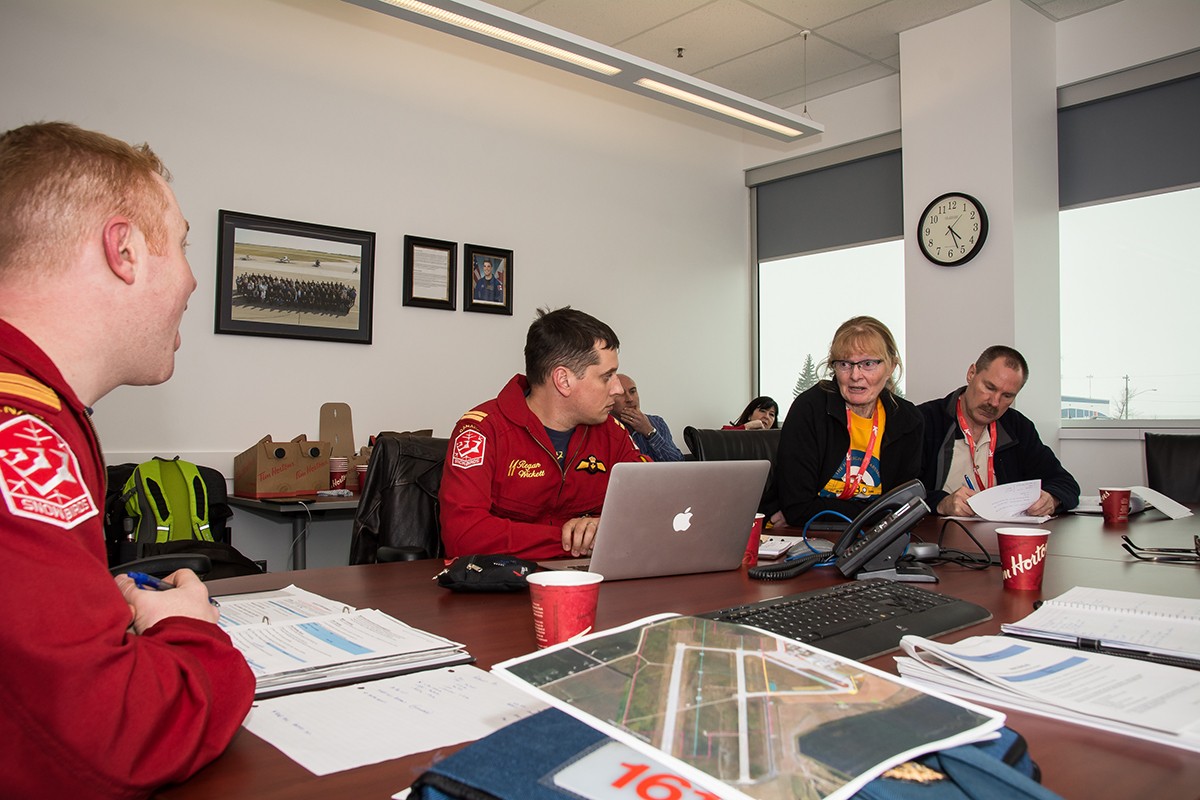
Jill Oakes (second from right) discusses plans for the airshow with her team and participants.
Today’s assignment: Hold an airshow
UPDATED statement on June 6 from airshow executive director:
“We regret that some people experienced significant delays getting into the airshow grounds,” says Jill Oakes, executive director of the airshow and professor of geography at the U of M. “The turnout exceeded our projected attendance and the previous days’ weather created muddy conditions that precluded opening some access roads. We understand that some people with advance tickets could not make it in to see all of the activities. Unfortunately, since much of our ticket sales went to support charities, it would be difficult to give refunds at this time. We are working to ensure that future airshows at Southport will avoid some of these issues.”
We understand information will be posted by organizers of the airshow on their website at: https://mbairshow.com/
___________________________
For the eight students in Jill Oakes’ course GEOG 4670 / GEOG 7010, titled Aviation Geographies, it may have seemed an “easy A” at first. For the three-credit-hour course held every Tuesday and Thursday over lunch hour, there wouldn’t be any essays, tests or exams for the course.
All they had to do is design, develop and host an airshow.
“It’s been really amazing,” says Oakes, professor of environment and geography in the Clayton H. Riddell Faculty of Environment, Earth, and Resources at the University of Manitoba. “Everyone in the class has pitched in and worked to ensure this event will be great!”
This Saturday, June 4, 2016, Jill’s students will show their mettle as the airshow takes flight. Featuring Canada’s Snowbirds, the Canadian Forces CF-18 Demo Team, the Sky Hawks Parachute Team and a search and rescue demonstration by the Canadian Forces, the 2016 Manitoba Airshow will be the largest aviation event of its kind in more than a decade.
Oakes and her students are being aided by the Manitoba chapter of the Ninety-Nines, an international organization of female pilots, which Oakes also leads. They are expecting between 5,000 to 10,000 spectators to travel to Portage la Prairie to watch the aerial displays and take in the ground presentations. More than 600 volunteers have answered the call for assistance, including many “old-timers” and aviation buffs from across Canada, plus many Canadian Forces personnel.
“It’s really a ‘community project,’” Oakes explains. “I pitched it to the class in January, and they were all for it. They had to learn all the Transport Canada regulations, and figure out the logistics. I have a student who is doing the accounting, one who is managing ticket sales, one who is doing model aircraft demonstrations, and another who is organizing a fashion show. This will be one of the most unique airshows anywhere.”
Although it’s pretty obvious that Oakes has the aviation bug (she has even built two planes herself), she’s more well-known for her academic pursuits. As a geographer, she studies the relationships between people, belief systems, and the environment. She is also interested in the meaning and importance of traditional activities, and works to document the traditional knowledge of First Nations Elders. In 2006, Oakes co-authored a book on Inuit footwear and she has been active in teaching winter survival training for many years, instructing students on how to build quinzhees and other snow structures.
“When I am doing Arctic research, I often focus on how traditional knowledge is passed on from generation to generation, especially by women. Most engineering professions have seen influxes of women, with the exception of aviation for some reason. It is time to break down such barriers,” she says.
A few years ago, the Ninety-Nines set a world record by giving 750 women free flights in small aircraft at St. Andrews Airport north of Winnipeg. They then started giving women free flying lessons every Sunday. One of the women who attended said she got interested in aviation when she went to an airshow many years ago. And that gave Oakes an idea.
“Why couldn’t we put one on?” she remembers asking her colleagues. She said there were many who said it would be too much work, bust she persisted. Soon, she had buy-in from many aviation enthusiasts―men and women―and an army of volunteers who were eager to help.
According to the course description, the course “provides an opportunity to explore a variety of topics concerning the relationships between people, environment and aviation, and the roles aviation play in daily life. Students have the opportunity to learn leadership skills by working on a component of their choice for an aviation event.”
Student Jenna Klause says: “When I first wanted to be a part of the Air Show I did not realize how big the aviation community was and how there are many different groups that relate to aviation also. By taking on the role of director of exhibitors, I have the privilege of communicating with many great people who all share a common interest and want others to be involved.”
Another student, Daphne Bradbury, is director of cultural education and entertainment. She is assisted by environment and geography student Hannah Bihun who is directing a fashion show as part of the event. There will even be actors playing the roles of noted aviators and historical characters working the crowd.
Architecture student Erika Ulrich, who graduated this week, is director of design, creating the design and layout of business cards and logos, and developing the branding for the airshow. Her father Ed Ulrich is director of media.
One of Oakes’ students has a wealth of practical experience that is definitely helping the cause. Dennis Scharf is a member of the Canadian Armed Forces and has experience in working with teams devoted to largescale missions. He is well-suited to his role as director of air operations for the airshow.
“The world of military aviation had provided a bountiful and satisfying career to me as a pilot. We want to pass this to the younger generations by inspiring them and promoting opportunities available to follow in our footsteps. The purpose of an airshow is enabling―to provide young people with the first steps toward their own success,” says Scharf.
Oakes is delighted with the work all of her students have done in helping to put on the airshow. Some took on the arduous role of raising funds to stage the event, and that was not insignificant.
“It’s been wonderful seeing them all blossom before my eyes, and achieving their great potential,” she says.
Third-year geography student Salina Wall is director of the artisan market at the airshow on Saturday. She says: “It has been so amazing seeing everything that goes on behind the scenes to make an airshow truly spectacular. I am so excited to see all of our hard work come together.”
On June 4, Oakes’ students see their work come to fruition south of Portage la Prairie when aircraft fill the skies and Manitobans are treated to an aviation spectacle.
Comments on story are now closed







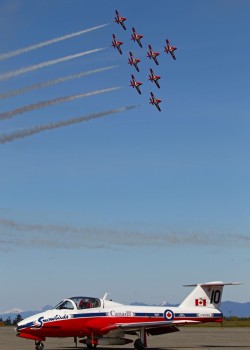
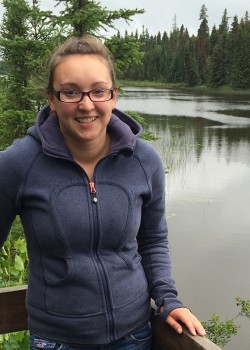
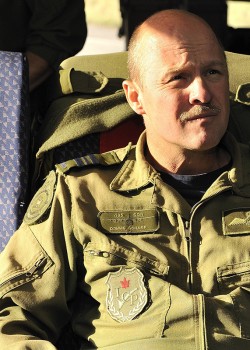
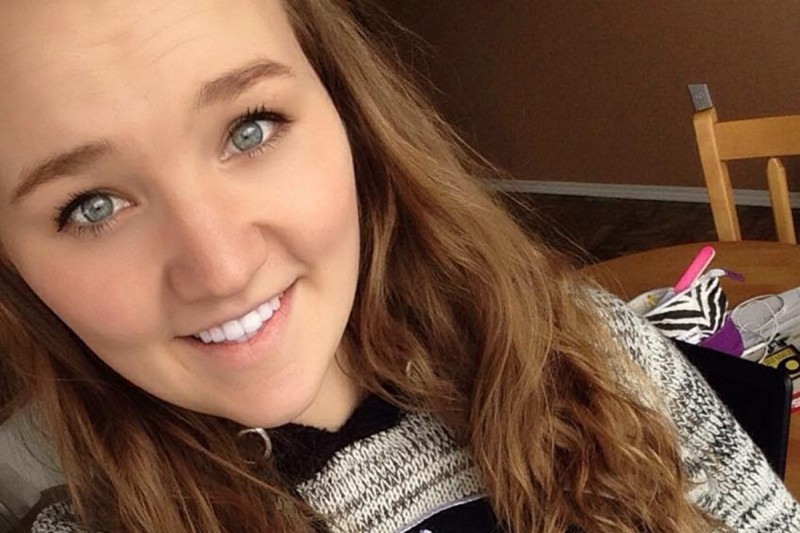
It was interesting to read about the students involvement in the 2016 Airshow planning. I have been in the public education field for over 40 years . So, good job on the rather interesting areas of participation.
My wife and I planned to attend the Airshow but could not even get onto the grounds with traffic backed up several kilometres from all directions. We started to slowly move at about 1km/hr . Partly over as we turned onto Hwy. 240. Very sad day for us.
What a letdown. What an awful experience. I left home at 10:30 am and got in the gate at 3 w pre purchased tickets I am a mom.of 4 kids . I ended up spending $45 on tickets and over $60 on gas that day . Not to mention that when we got there they didn’t even look at our tickets ! We walked 3 km carrying our equipment and kids had blistered feet for parking. When we got in we were muddy and kids needed washrooms. I laid out our blanket and chairs . We then spent the remainder or the show in a washroom line and a line for ice cream and a drink. Missed everything. Vendors were out of drinks… not enough washrooms. Vendors had no change …. no water stations or fountains…no map or schedule. No signs to show where anything was. All the events were so far apart and not labeled. Never even found the car show… so like 6 hrs driving . 8 km of walking . To see almost nothing . Very upset kids also.
How lovely for students to be given this opportunity to organize an airshow. Where is this information on the air show website? For future endeavours: have real time updates on the website to allow people the opportunity to decide whether to buy last minute tickets (have a cap if necessary just like rock concerts or like cavalia); provide road construction information and alternate travel routes on website, use facebook, twitter, etc. for real time information; make contingency plans for influx of vehicles (separate parking entrance from ticket entrance, have more traffic control further out for this airport site, it is a bottleneck); have multiple entrances (especially for walk-ins); have people pay for parking by vehicle not ticket (parking is not free when built into the ticket price); overestimate the portapotties (men and people without children often miss this aspect, 35 minutes is unacceptable, plus they were full, yuck), overestimate the garbage bins (Disney did a study that people drop refuse by 40 feet); have static displays stay for one hour longer at the end of the show (for late comers); more food vendors (line-ups were appalling, food choices were running out); have free water and ice stations (hot water on a cold day); medical help station-should have had at least two across the field from each other (roving medical personnel is a great idea); tap into the knowledge of people who put on civilian events of this magnatude (not just men and childless women attend civilian events, this was advertized as a family event); find the volunteers who organized the last few successful air shows and tap into their knowledge; find a better excuse for not returning dissatisfied customers their money (given to charity is unacceptable since you had sponsors); the antique cars were a nice touch but have the owners stay close to their cars to answer questions and provide more information on their car clubs, other static displays were nice but inadequate for the actual number of people who attended. Should I say that this is merely the beginning of my suggestions as a Manitoba volunteer, no one asked for my help. This event felt like an exercise to pass a course. Putting feet to action is very different and requires tonnes of experience and trained volunteers for every aspect that grows exponentially with the people number. Finally, when people pay for an event, whether concerts or air shows, they expect to get the bang for their buck and, if not, expect refunds.
We understand organizers will be posting information on their website.